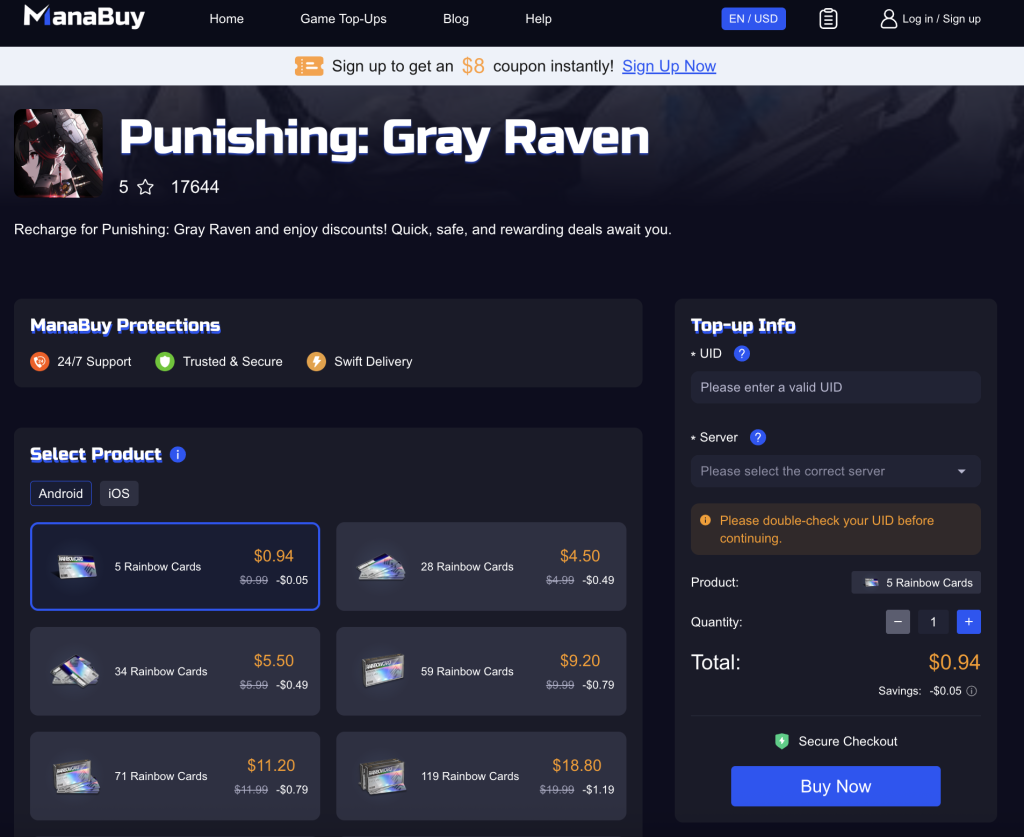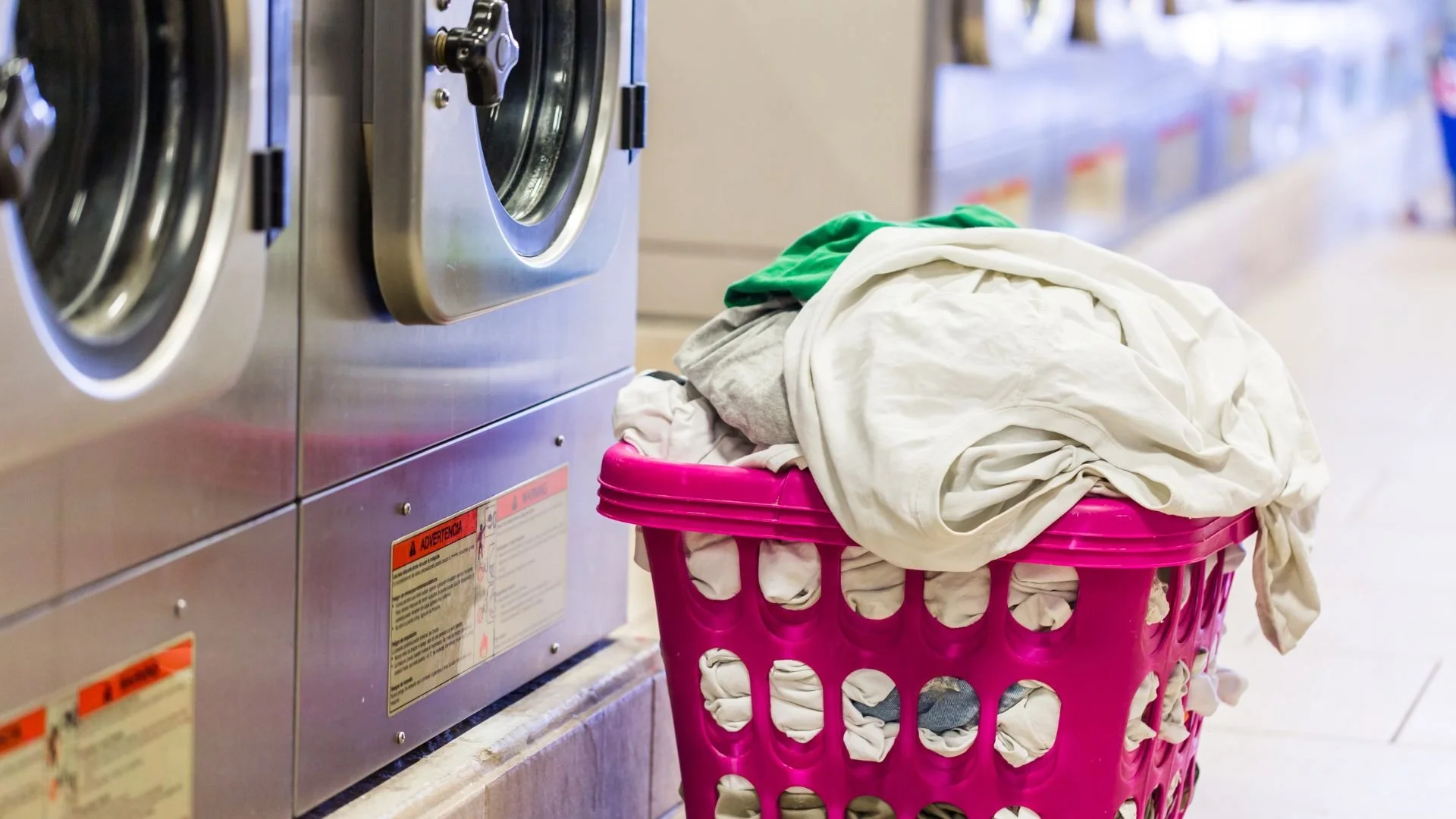Exploring ROI, Aesthetic Appeal, and Market Advantage in West Palm Beach, FL
For homeowners in West Palm Beach, Florida, where curb appeal meets coastal resilience, the decision to upgrade to a new tile roof isn't just a maintenance move — it's a strategic investment. But the real question is: Does a new tile roof increase home value? The short answer is yes, but the true value lies in understanding why and how much.

In this subtropical region known for its upscale neighborhoods like El Cid, Flamingo Park, and Southend, a home's roof does more than shield against the elements — it speaks volumes about quality, longevity, and style. With David Spade of Star Roofing, here's a breakdown of how a tile roof replacement can significantly impact resale value, appraisal metrics, and even buyer psychology.
1. Tile Roofs as High-ROI Exterior Upgrades
In real estate, first impressions are often lasting impressions. According to the National Association of Realtors (NAR), exterior upgrades like roofing consistently rank among the top renovations with the highest return on investment (ROI). In Palm Beach County, where the median home value exceeds $550,000, a new tile roof could recoup 60% to 75% of its cost in resale value — sometimes more, depending on market timing and property type.
When buyers view listings in coastal areas like West Palm Beach, homes with new tile roofs stand out for their durability and low-maintenance appeal. Tile roofing, particularly clay and concrete tiles, is associated with luxury and longevity — both of which resonate strongly in premium coastal markets.
2. Durability Equals Buyer Confidence
Florida's climate presents unique roofing challenges: high humidity, tropical storms, and relentless UV exposure. Tile roofs are renowned for their resilience in such conditions, with lifespans reaching 50 years or more. For buyers considering a property in West Palm Beach, the prospect of not having to worry about roof replacement or major repairs for decades is a powerful selling point.
In fact, many local appraisers and realtors note that certified warranties on new tile roofs can be leveraged during negotiations. A newly installed tile roof with transferable warranties and recent building code compliance can elevate a home's appraisal value significantly. Notably, Miami-Dade-approved tiles are frequently recommended in South Florida for their hurricane resistance, offering yet another layer of value.
3. Aesthetic Appeal in High-End Markets
From Mediterranean Revival estates to contemporary beach homes, West Palm Beach architecture often incorporates clay or concrete tile roofs as a design feature. These roofs complement stucco exteriors, arched doorways, and lush landscaping — increasing not just the monetary value but also the perceived prestige of a property.
When a potential buyer drives through neighborhoods like Northwood Shores or Prospect Park, tile-roofed homes immediately convey quality. A new tile roof also eliminates discoloration, cracking, or warping that might make an otherwise beautiful home appear aged or neglected.
Color options like terra cotta, sand buff, and charcoal slate can be matched to modern palettes, making the roof a curated part of the home’s exterior design. This aesthetic impact is especially powerful in West Palm Beach, where visual harmony with the surrounding tropical environment is key.
4. Energy Efficiency and Insurance Savings
While resale value is a top concern, homeowners in Florida also consider long-term operational costs. Tile roofs offer superior thermal insulation, reflecting solar heat and reducing indoor temperatures. In the Sunshine State, where summer utility bills can spike dramatically, this built-in energy efficiency is a subtle but meaningful value driver.
Furthermore, homeowner’s insurance premiums in West Palm Beach can be reduced with a new tile roof — especially when it's installed to meet updated Florida Building Code standards (FBC 2020 or later). Insurance companies often grant discounts for wind mitigation features, like secondary water barriers or properly nailed underlayment systems, commonly incorporated in modern tile roof installations.
These financial benefits aren’t immediately visible to buyers but can be highlighted during showings or by real estate agents savvy in promoting green or storm-resilient features.
5. Competitive Edge in the West Palm Beach Market
With a booming luxury real estate market and influx of out-of-state buyers, particularly from the Northeast and California, homes in West Palm Beach need to compete on both form and function. A new tile roof gives a distinct edge over similarly priced homes with older asphalt shingles or visibly weathered roofs.
Realtors in the Palm Beach Board of Realtors have repeatedly pointed out that listings featuring a new tile roof in the description tend to receive more views on platforms like Zillow, Redfin, and Realtor.com. Not only does this create more interest, but it also enables sellers to justify a higher asking price — and often secure it.
In some cases, homes with newer tile roofs sell 30% faster than comparable properties without one, particularly in communities like SoSo (South of Southern) and Grandview Heights, where architectural integrity and long-term durability matter deeply to buyers.
6. Local Roofing Expertise Adds Confidence
Another overlooked aspect of value is professional installation. When a West Palm Beach roofing contractor like Star Roofing with local licensing and a track record of excellence handles the job, it signals to buyers that the upgrade wasn’t just aesthetic but done with structural integrity in mind.
Hiring reputable contractors like those certified by the Florida Roofing and Sheet Metal Contractors Association (FRSA) or those who offer GAF Master Elite or Eagle Roofing Products Platinum Installer status ensures the roof was installed to last — and that the documentation to prove it is easily transferable to new buyers.
7. Permits, Compliance, and Disclosure Transparency
Real estate transactions in Palm Beach County demand full disclosure of major renovations, and roofing permits play a crucial role. Having recently permitted, code-compliant tile roofing can make or break a deal during home inspections and closing. Homes without proper permitting for older roof repairs may trigger financing issues or buyer hesitation.
In contrast, a freshly permitted tile roof replacement, complete with post-installation inspection records from the City of West Palm Beach, sends a clear message: This home is turn-key ready.
Final Thoughts: A Worthy Investment with Tangible Returns
So, does a new tile roof increase home value in West Palm Beach, Florida? Unequivocally, yes. From increased resale value and faster market turnaround to enhanced curb appeal, lower energy bills, and insurance incentives, the benefits are multi-dimensional.
Whether you're preparing to sell, looking to refinance, or simply upgrading for the future, investing in a new tile roof aligns perfectly with both Florida's climate demands and buyer expectations in one of the state's most desirable markets.
And remember — in a competitive market like West Palm Beach, your roof isn't just overhead protection. It's a headline feature, a long-term asset, and an investment that can quite literally pay off.















